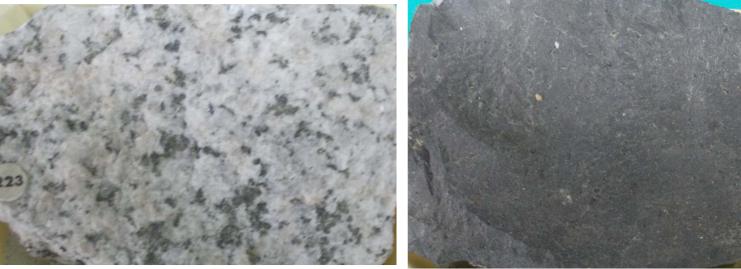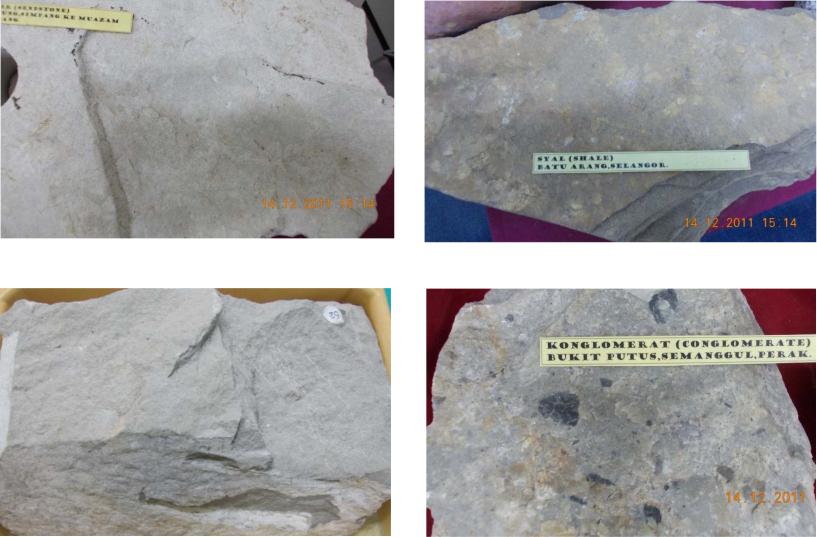
- •COURSE CONTENTS
- •Rock Types: Igneous Rock
- •Rock Types: Sedimentary Rock
- •Rock Types: Sedimentary Rock
- •Rock Types: Sedimentary Rock
- •Rock Types: Metamorphic Rock
- •Parameters Controlling Petroleum Occurrence
- •Migration of Petroleum
- •Entrapment of Petroleum
- •Structural Traps
- •Stratigraphic Traps
- •Combination Trap
- •Oil Exploration Method
- •Surface Geology
- •Geophysical Exploration
- •Geophysical Exploration
- •Geophysical Exploration
- •Sub-Surface Geophysical Exploration
- •Well Correlation
Fundamental Of Petroleum Engineering
GEOLOGY AND EXPLORATION
Mohd Fauzi Hamid
Wan Rosli Wan Sulaiman
Department of Petroleum Engineering
Faculty of Petroleum & Renewable Engineering
Universiti Technologi Malaysia
1
COURSE CONTENTS
Rock Types
Parameters Controlling Petroleum Occurrence
Migration of Petroleum
Entrapment of Petroleum
Oil Exploration Methods
Rock Types: Igneous Rock
Igneous rocks are crystalline solids which form directly from the cooling of magma. This is an exothermic process (it loses heat) and involves a phase change from the liquid to the solid state.
Igneous rocks are given names based upon two things: composition (what they are made of) and texture (how big the crystals are).
Texture relates to how large the individual mineral grains are in the final, solid rock. In most cases, the resulting grain size depends on how quickly the magma cooled. In general, the slower the cooling, the larger the crystals in the final rock.

The other factor is composition: the elements in the magma directly affect which minerals are formed when the magma cools.
Example of Igneous Rocks: Granite and Basalt.
Granite |
Basalt |
Rock Types: Sedimentary Rock
Sedimentary rocks are called secondary, because they are often the result of the accumulation of small pieces broken off of pre-existing rocks. This accumulation get compacted and cemented together There are three main types of sedimentary rocks: clastic, chemical and organic sedimentary rocks.
Clastic sedimentary rock:
Clastic sedimentary rocks are accumulations of clasts - little pieces of broken up rock which have compacted and cemented.
Example of clastic sedimentary rocks are sandstone, shale, siltstone and conglomerate.

Sandstone |
Shale |
Siltstone |
Conglomerate |
